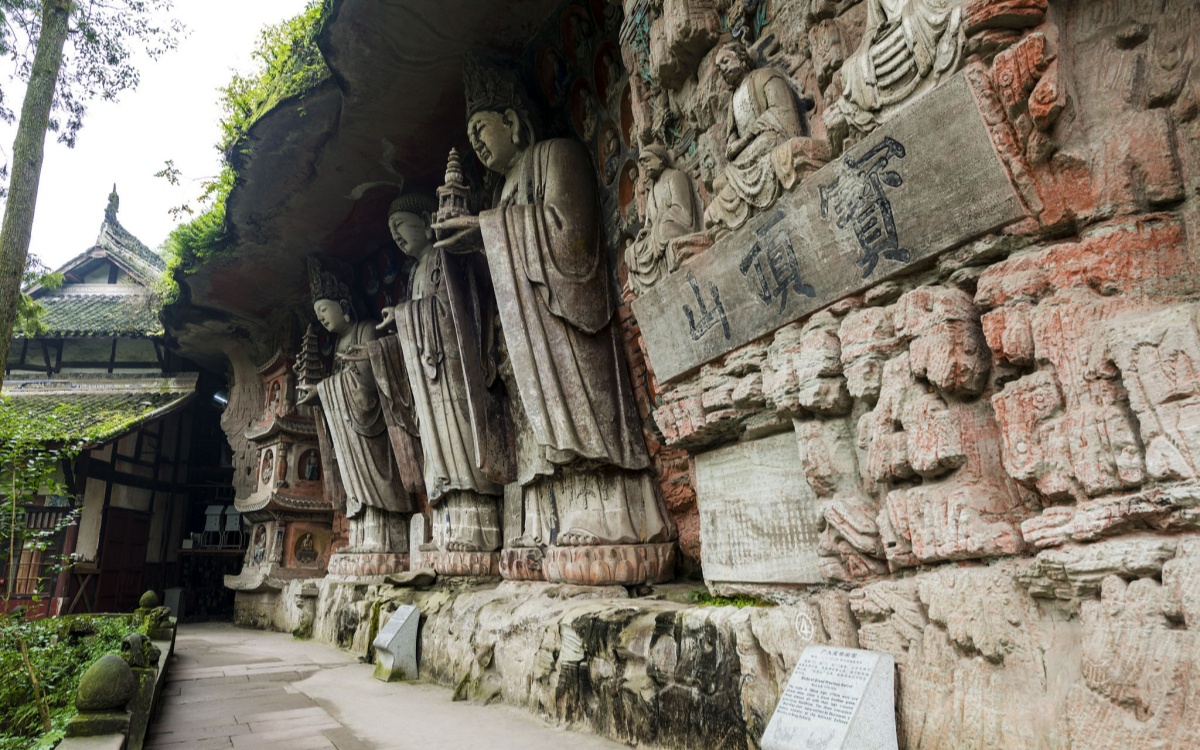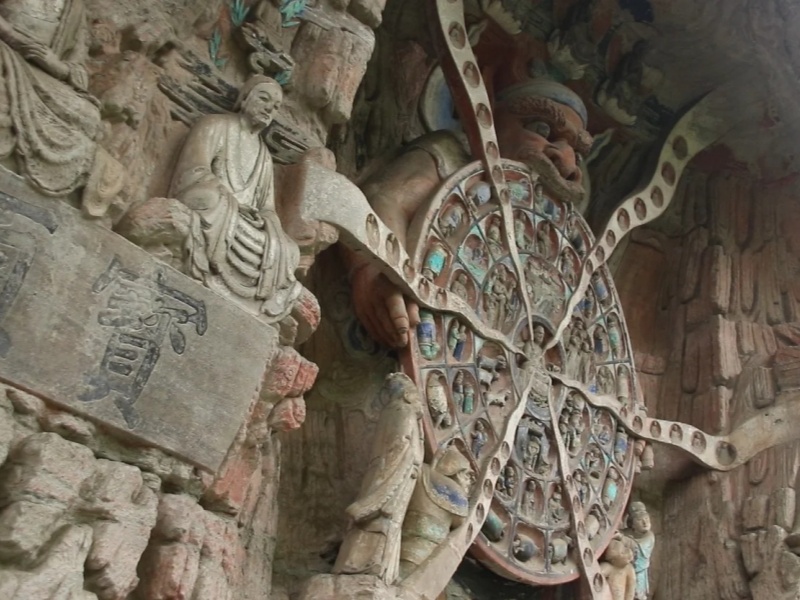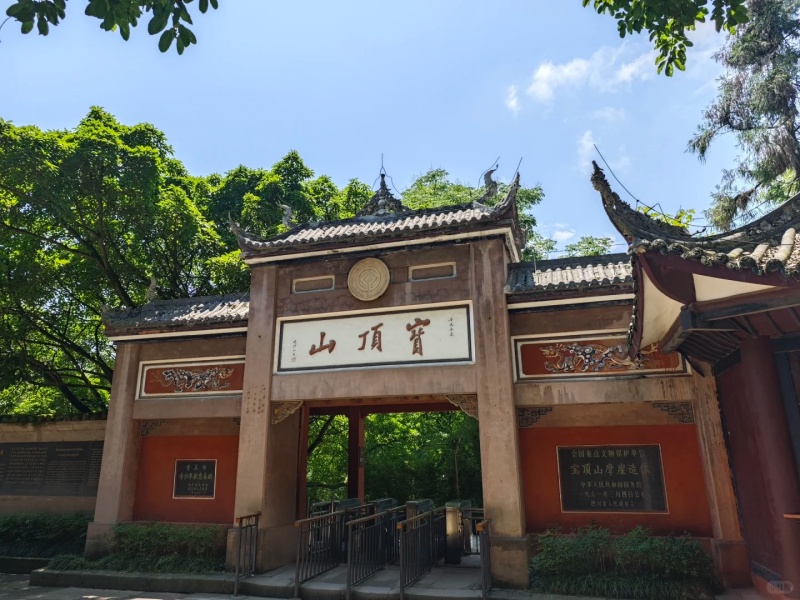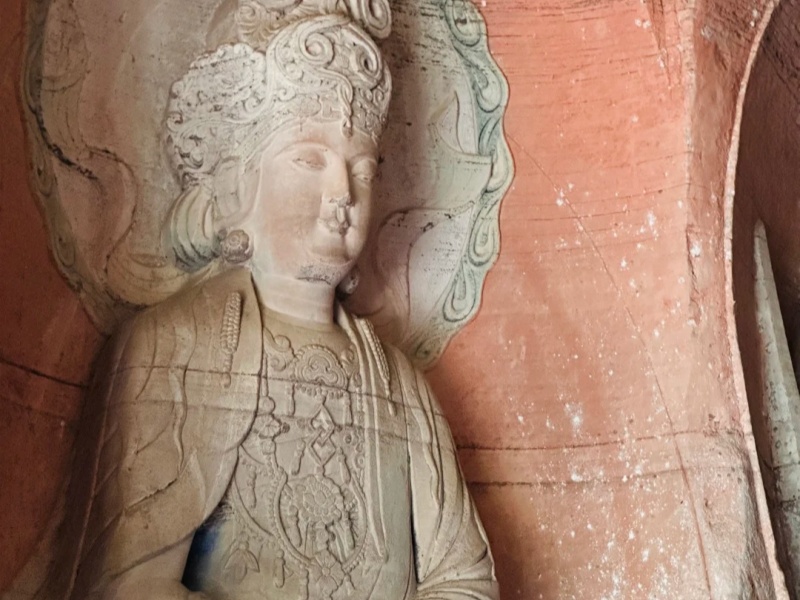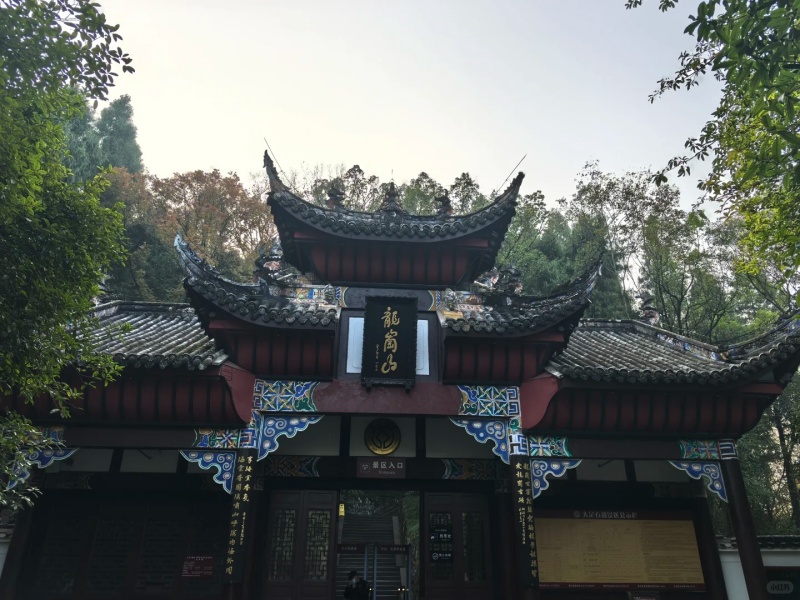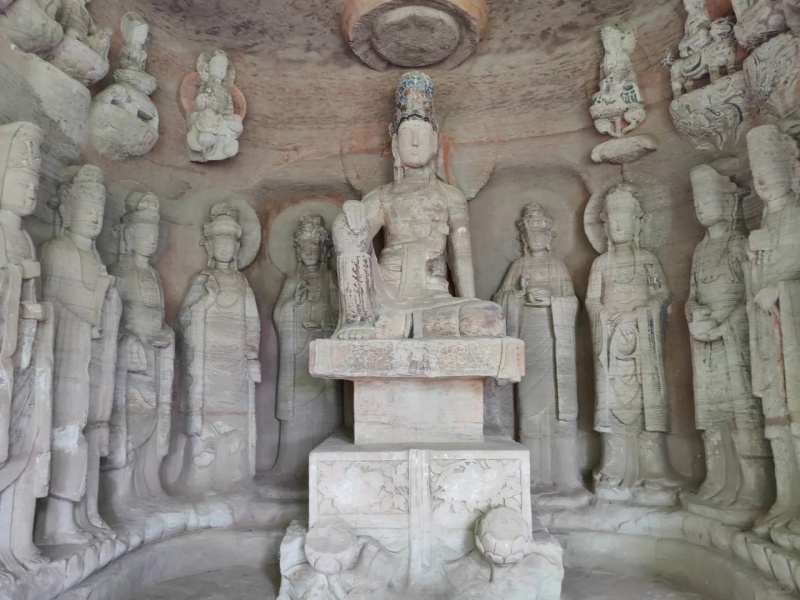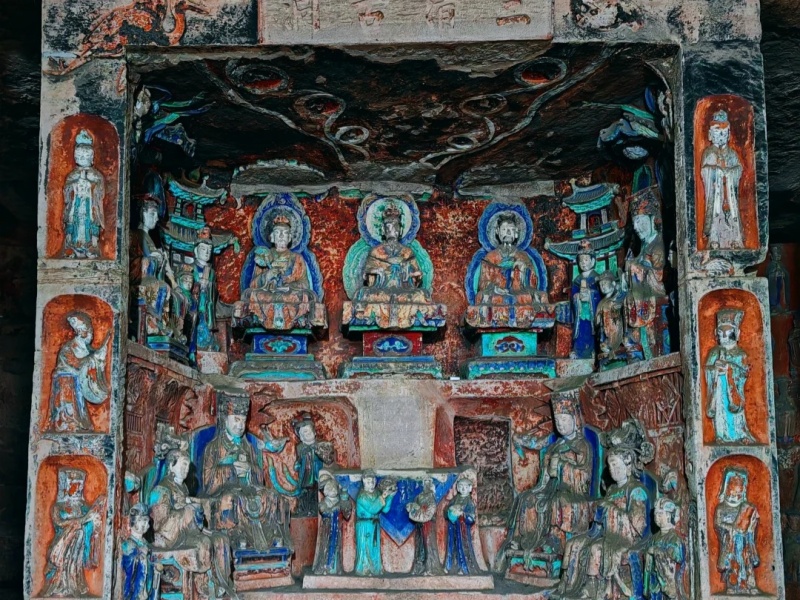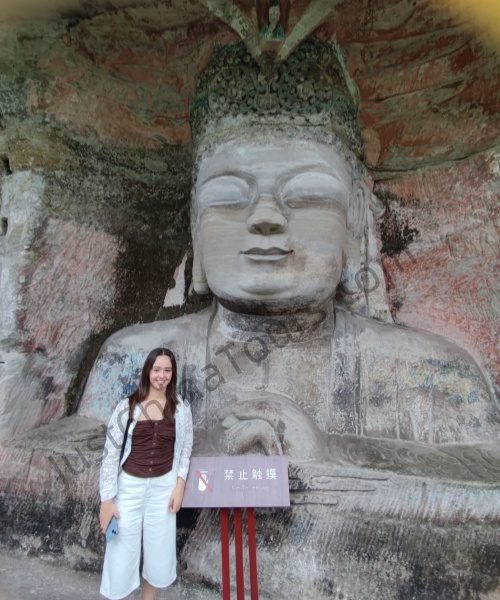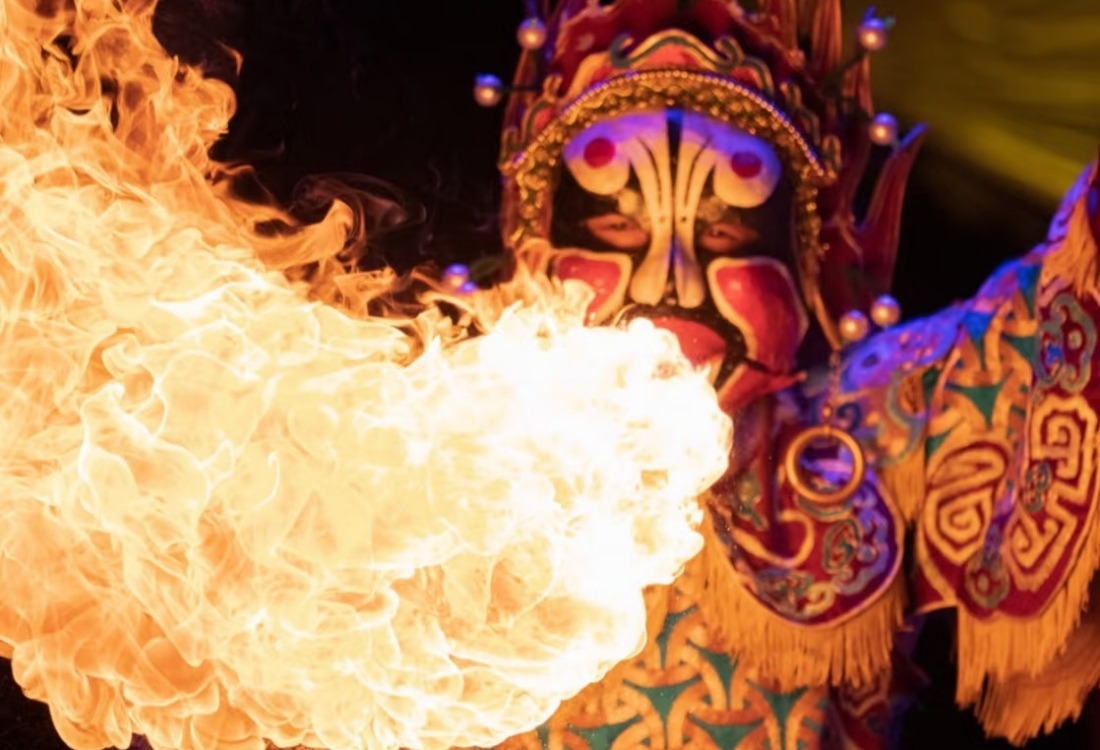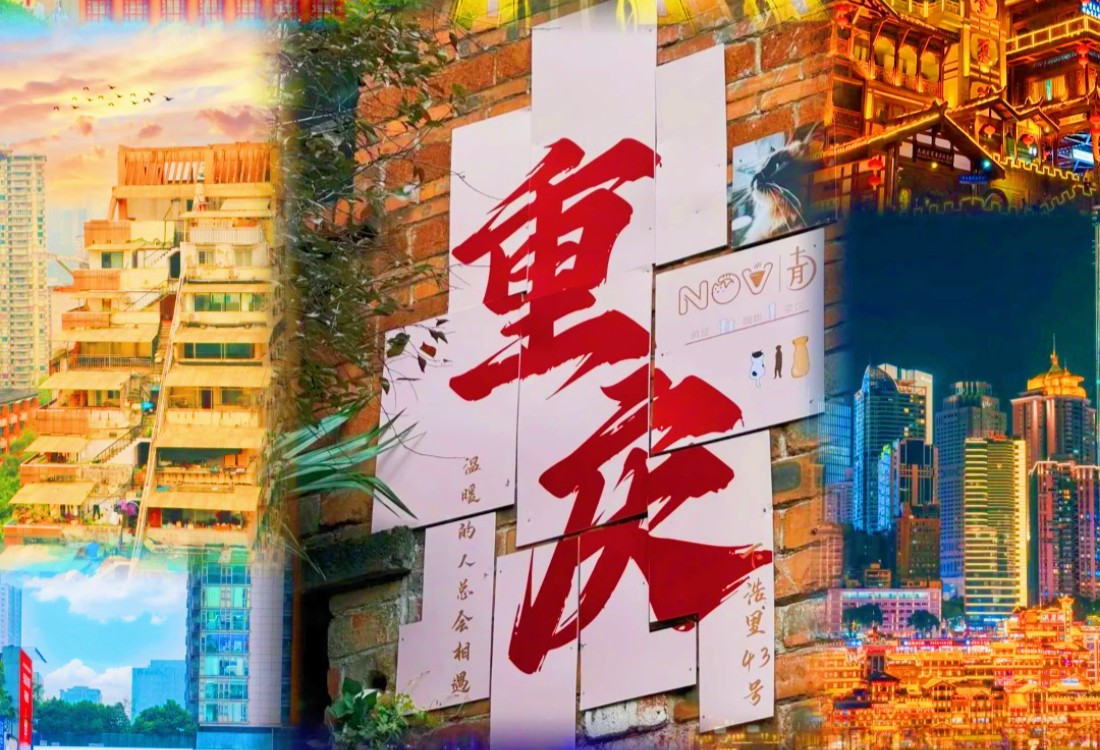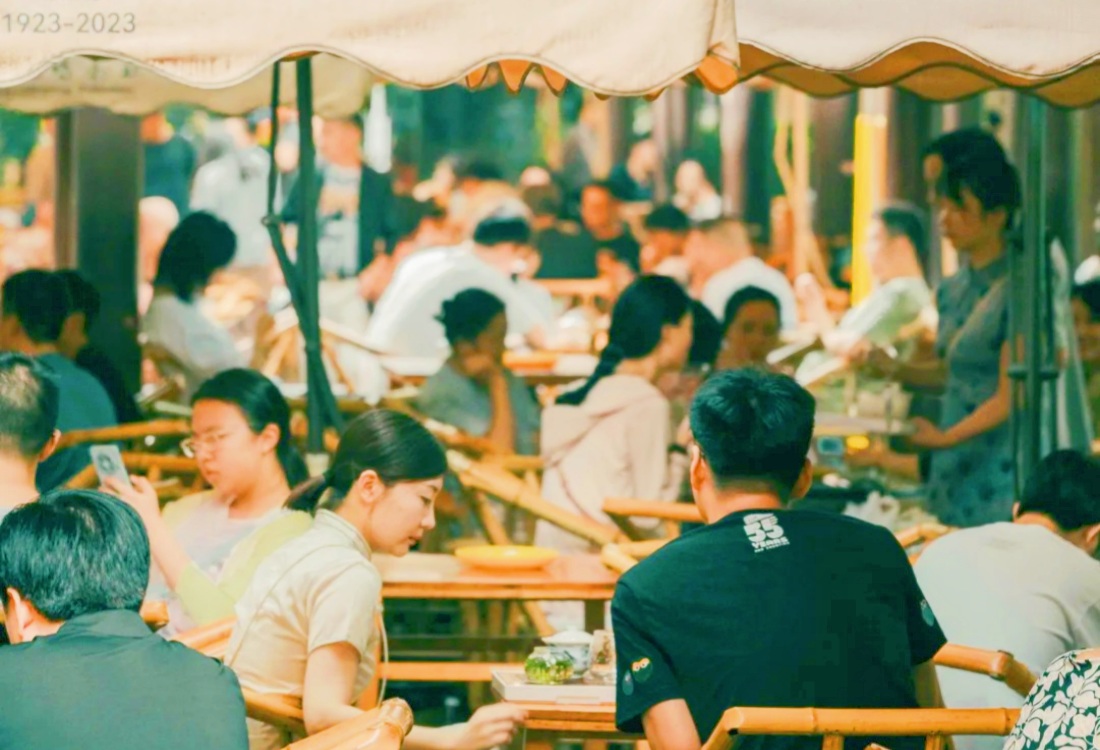Table of Contents
ToggleThe Dazu Rock Carvings are a famous UNESCO World Heritage site in the Dazu District, close to Chongqing in southwest China. These carvings show the art and religion of ancient China, mostly made between the 9th and 13th centuries.
There are over 50,000 statues and more than 100,000 Chinese characters carved into the rocks. These are spread across 75 important sites. The carvings are known as some of the best examples of Chinese grotto art.
This easy guide is perfect for first-time visitors. It will help you understand what to see and how to enjoy your trip to this amazing place.
History and Significance of Dazu Rock Carvings
The Dazu Rock Carvings were created over 400 years, from the late Tang Dynasty (9th century) through the Song Dynasty (10th-13th centuries) and into later periods. This era was a flourishing period for grotto art in China. The carvings at Dazu are particularly noted for moving beyond purely religious iconography to include scenes reflecting everyday life, historical events, and folk tales, making them exceptionally relatable and informative.
In 1999, UNESCO recognized the Dazu Rock Carvings as a World Cultural Heritage site, praising them for their “exceptional representation of Chinese grotto art” and their “synthesis of Buddhist, Taoist and Confucian beliefs.” They are considered among the best-preserved examples of this art form in China, comparable to the famous Mogao, Yungang, and Longmen Grottoes, but with their distinct character and focus on esoteric Buddhism and life-like representations.

3 Days Chongqing Classic Tour: Downtown City and Dazu Rock Carvings
Exploring the Must-See Carving Sites
While there are numerous carving sites scattered around Dazu, five locations are most significant and generally recommended for visitors. For a first-time visit, focusing on Baodingshan and Beishan will provide a comprehensive experience. However, if time permits, the other sites offer unique perspectives.
Baodingshan – The Crown Jewel in Dazu Rock Carvings
Located about 15 kilometers northeast of Dazu County town, Baodingshan (Precious Summit Hill) is the largest and most impressive of the sites. The carvings here were primarily commissioned and designed by the Buddhist monk Zhao Zhifeng in the late 12th century, taking over 70 years to complete. It’s a U-shaped gorge packed with intricate carvings.
What to See in Baodingshan
- Dafowan (Great Buddha Bend): This is the main section, a 500-meter-long cliff adorned with over 6,000 statues. Noteworthy scenes include the colossal Reclining Buddha (representing Sakyamuni’s entry into Nirvana), the intricate Thousand-Armed Avalokitesvara (Guanyin), the vivid depictions of Hell and Paradise, and the series of Ox-Herding Parables. Many carvings here retain their original vibrant colors.
- Xiaofowan (Small Buddha Bend): Features the Shengshou Temple and other important carvings, including the Wheel of Samsara (Six Paths), a graphic representation of the Buddhist cycle of rebirth.
- Visitor Center Film: Before heading to the carvings, watch the 50-minute 4K film at the visitor center for an excellent introduction.
Beishan – A Hidden Maze of Ancient Chinese Art in Dazu Rock Carvings
Beishan (North Hill) is situated about 2 kilometers northwest of Dazu County town. Its carvings were created over a longer period, from the late Tang Dynasty to the Song Dynasty (roughly 892-1162 AD). The site comprises hundreds of grottoes and niches along a cliff face stretching over 300 meters.
What to see at Beishan
Beishan is well-known for its detailed and beautiful stone carvings. The artwork here shows a change in style, with more graceful and refined designs. You’ll notice elegant poses, lifelike faces, and carefully carved clothing on the statues.
- Cave No. 136 – Wheel of Life Grotto
This cave features a famous statue of Puxian Bodhisattva (Samantabhadra). Many people call it the “Oriental Venus” because of its beauty and grace. - Rich in Themes
Most carvings are Buddhist, but you’ll also see many different figures like Bodhisattvas, Buddhas, and protectors. These statues are often smaller but full of fine details that show great skill and care.
Visiting Beishan gives you a close look at some of the best stone art in ancient China.
Nanshan – A Taoist Treasure in Dazu Rock Carvings
Nanshan (South Hill) is a top spot in the Dazu Rock Carvings, known for its Taoist stone art. It’s a smaller site, but full of meaning and history.
What to See at Nanshan
- Sanqing Grotto – Home of Taoist Gods.
The main highlight is the Sanqing Grotto, also called the Three Pure Ones Grotto. It shows the three highest Taoist gods, and the carvings are clear and well-kept, showing robes, faces, and details with great care.
- Taoist Figures and Stories
You’ll see many Taoist deities, like Laozi, spirit officials, and protectors. These carvings reflect Taoist ideas like balance, nature, and long life. The art is peaceful and spiritual, offering a quiet moment for visitors.
If you’re interested in Chinese religion, ancient art, or simply want a peaceful cultural stop, Nanshan is a must-see.
Shimenshan – A Peaceful Spot in Dazu Rock Carvings
Shimenshan (Stone Gate Hill) is a quiet site about 20 kilometers east of Dazu town. It’s a hidden gem that blends Buddhist and Taoist carvings in one place.
What to See at Shimenshan
- Mix of Buddhist and Taoist Art
Shimenshan is special because it shows both Taoist and Buddhist figures together. You’ll see carvings of Buddhas, Bodhisattvas, Taoist deities, and guardian spirits. This mix is rare and shows how different beliefs lived side by side in ancient China. - Beautiful Stone Carvings
One of the highlights is a graceful peacock carving. The details are fine and delicate. The figures show calm faces, flowing clothes, and spiritual symbols. - Peaceful and Less Crowded
Shimenshan is less busy than other sites, perfect if you want a quiet visit.
You can take your time to enjoy the carvings without crowds.
If you enjoy off-the-beaten-path places, religious art, or want a calm experience, Shimenshan is worth adding to your Dazu trip.
Shizhuanshan – Where Three Beliefs Come Together
Shizhuanshan, or Stone Seal Hill, is about 25 kilometers southwest of Dazu town. The carvings here were made in the late 11th century during the Northern Song Dynasty. This site is special because it brings together figures from Confucianism, Buddhism, and Taoism in one place.
What to See at Shizhuanshan
Shizhuanshan (Stone Seal Hill) is about 25 kilometers southwest of Dazu town. It’s a small but powerful site that brings together Confucianism, Buddhism, and Taoism in one place.
- Three Great Teachers in One Site
Shizhuanshan is one of the first places in China to show Confucius, Laozi, and Buddha together. This shows how the three belief systems lived in harmony. It’s a rare and meaningful mix in Chinese religious art. - Confucian Filial Piety Carvings
Unlike most grotto sites, Shizhuanshan focuses on Confucian values, especially filial piety (respect for parents). These carvings teach moral lessons and family respect. It gives a glimpse into how people lived and thought in ancient times. - Cultural and Spiritual Blend
The site blends philosophy, religion, and art into one peaceful place. It’s ideal for visitors who want to understand more about Chinese culture and beliefs.
If you’re interested in Chinese philosophy, mixed religious history, or just want to see something unique, Shizhuanshan is a must-see on your Dazu trip.
Frequently Asked Questions (FAQs)
What are the main attractions at Dazu Rock Carvings?
The main attractions include Baodingshan, Beishan, Nanshan, Shimenshan, and Shizhuanshan. Each site features ancient carvings of Buddhist, Taoist, and Confucian figures from the 9th to 13th centuries.
How long should I spend at Dazu Rock Carvings?
Most visitors spend around 4 to 6 hours exploring the main sites. Individual spots like Nanshan or Shimenshan take around 30 to 60 minutes each.
How do I get to Dazu Rock Carvings from Chongqing?
You can take a bus, train, or private car from Chongqing. The trip takes about 2 to 2.5 hours, making it ideal for a day trip or overnight stay.

